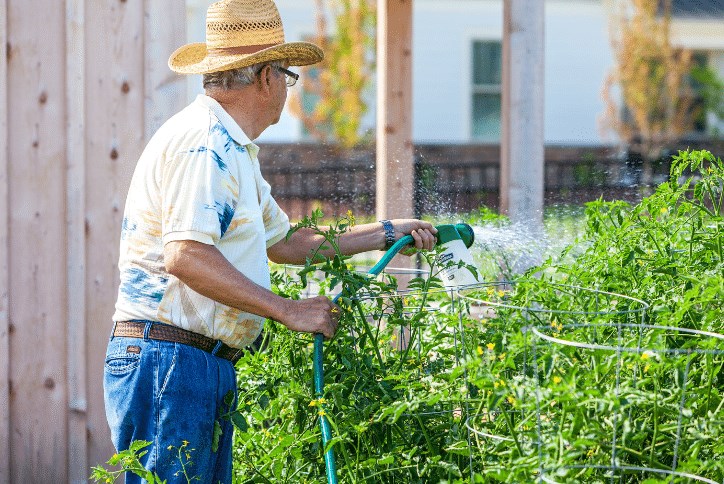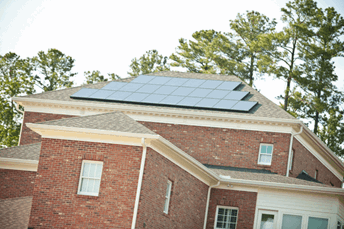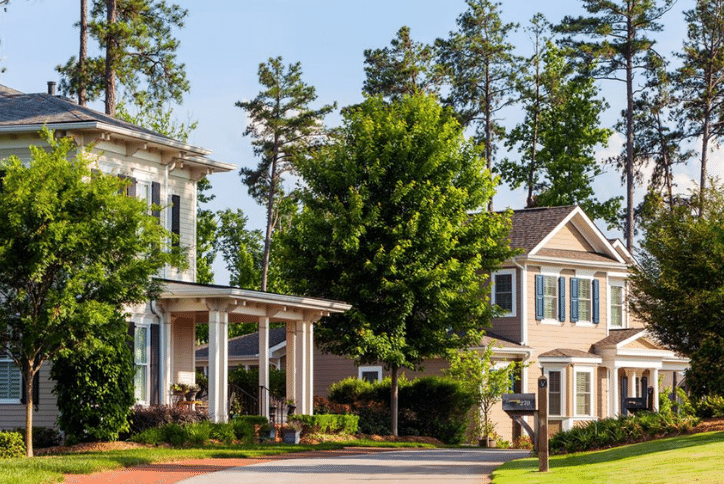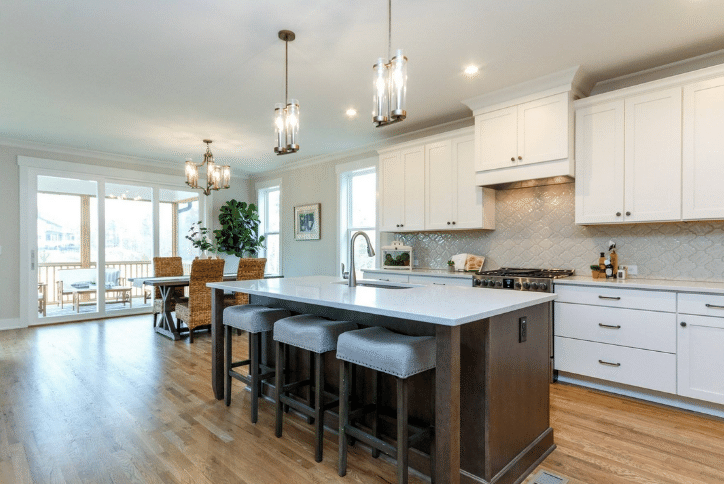
02 July . 2019
Energy Efficient, Low Upkeep Communities Appeal to Empty Nesters
It’s finally happened: the kids have flown the coop. After eighteen (or more) years, the household belongs to you and your partner once again, and you get to live a life designed entirely for you. Having your chicks move on might also mean downsizing your nest and with that, your monthly expenses. Buying a fresh, energy-efficient new home in a Newland community may allow you to do just that, with the added benefit of a community of like-minded people, and a master plan designed to allow ample opportunity for exploring the great outdoors.
Going green saves you green – and helps the planet
Does the above sound like you? You’re not alone. Empty nesters across the country are trading in high-maintenance, high-cost homes for ones that are easier on the environment and on their wallets. A study by the National Association of Home Builders showed energy-saving features like Energy Star® appliances and windows and extra insulation among the top features desired by older buyers.

 In many Newland communities, homeowners are choosing to ramp up energy savings in even bigger ways, like Barry Perry at Wendell Falls. “I put a full solar package on the house, so in addition to being energy efficient inside, the actual energy source keeps the costs down,” he shared. “Energy efficiency is always on my mind, both from an environmental perspective as well as for financial reasons. As we get older, we do what we can to keep our budget smaller than what it needs to be.”
In many Newland communities, homeowners are choosing to ramp up energy savings in even bigger ways, like Barry Perry at Wendell Falls. “I put a full solar package on the house, so in addition to being energy efficient inside, the actual energy source keeps the costs down,” he shared. “Energy efficiency is always on my mind, both from an environmental perspective as well as for financial reasons. As we get older, we do what we can to keep our budget smaller than what it needs to be.”
Shannon McSwiney, MIRM and Vice President of Marketing for Newland, says this is reflective of the research for this particular demographic.
“Empty-nesters want homes that have an overall lesser impact on the environment,” she says. “Just as much, they care about how energy efficiency impacts their monthly bills. Many are working with a fixed income, so having consistently lower energy costs is imperative.”

 A recent study by the American Council for an Energy-Efficient Economy reiterates the dollar-saving power of energy efficiency, finding that every dollar invested yields $1.24 to $4 in benefits. And the EPA analyzed the impact of Energy Star insulation and air sealing, learning that owners save an average 11% on utility bills each year.
A recent study by the American Council for an Energy-Efficient Economy reiterates the dollar-saving power of energy efficiency, finding that every dollar invested yields $1.24 to $4 in benefits. And the EPA analyzed the impact of Energy Star insulation and air sealing, learning that owners save an average 11% on utility bills each year.
It all adds up. Especially at Briar Chapel, where energy efficiency claims are backed up with tangible, third-party verified data provided by sustainability consultants Southern Energy Management. According to data provided by Southern Energy Management, energy efficient homes at Briar Chapel have enabled more than $5 million in energy savings since 2008. For the individual homeowner, savings total $545 or more per year when compared to the average home in North Carolina.


“Folks in this demographic are looking at energy efficiencies and the dollars potentially saved, but they are also thinking about their legacy – what they’re leaving behind for their grandchildren,” says Jamie Hager, Green Building Specialist with Southern Energy Management. “Buying a sustainable home allows them to do their part in shaping a better future while stabilizing their energy bills.”
Less home upkeep, more time for yourself
Empty nesters also want to avoid the burden of maintaining a large or older home, another place where unexpected costs can add up.
Charleston-area realtor Kevin Richter says his clients in this demographic crave the predictability of a new build. “New homes allow a peace of mind that pre-owned homes may not readily offer,” he explains. “Warranties, newer technologies, and built-in energy-efficiencies are all things my retired or nearly-retired clients want.”


Hager’s experience echoes this sentiment. “Homes that are green built are more durable and function better as a system,” she says. “Investing in a home that’s put together well means less potential for issues and greater everyday comfort. The money saved can be spent on enjoying life, not set aside for unexpected bills.”

The green beyond your front door
 The modern empty nester also has staying active as a top priority, and they long for a community that makes doing so easier and more convenient. Two-thirds of baby boomers surveyed by the National Association of Home Builders said they want walking and jogging trails in a new community, something they’ll find in all Newland communities.
The modern empty nester also has staying active as a top priority, and they long for a community that makes doing so easier and more convenient. Two-thirds of baby boomers surveyed by the National Association of Home Builders said they want walking and jogging trails in a new community, something they’ll find in all Newland communities.
Lauded as a blueprint for sustainable communities, Briar Chapel’s master plan “works with the land and not against it,” according to McSwiney. “There are over 30 pocket parks, nodes, programmed parks, and passive parks within the community that provide walkability within a 5-minute walk for all residents of Briar Chapel.”
Meanwhile, Nexton has preserved 30%—approximately 2,000 of its 5,000 acres - for open space, wooded preserves, wetlands, parks, and trails.
Both communities support walkable amenities and open spaces, not only encouraging a healthy lifestyle but also improving the overall environment by decreasing the numbers of vehicles driven each day.
As an added bonus, green spaces are ideal places for gathering with the real heart of the community – your neighbors.

While the sense of community created by these green spaces isn’t the kind you can assign a dollar figure to, it is, perhaps, the biggest benefit of them all.
“With a community like Nexton, you’re not just investing in a home, you’re investing in a community,” Richter says. “And that’s a pretty great thing.”
Take a tour through our communities
Newland has over five decades of creating exceptional places and experiences where people connect, are inspired and thrive. Visit our interactive map, regional pages or a listing of our communities to find your new nest full of all the amenities.
